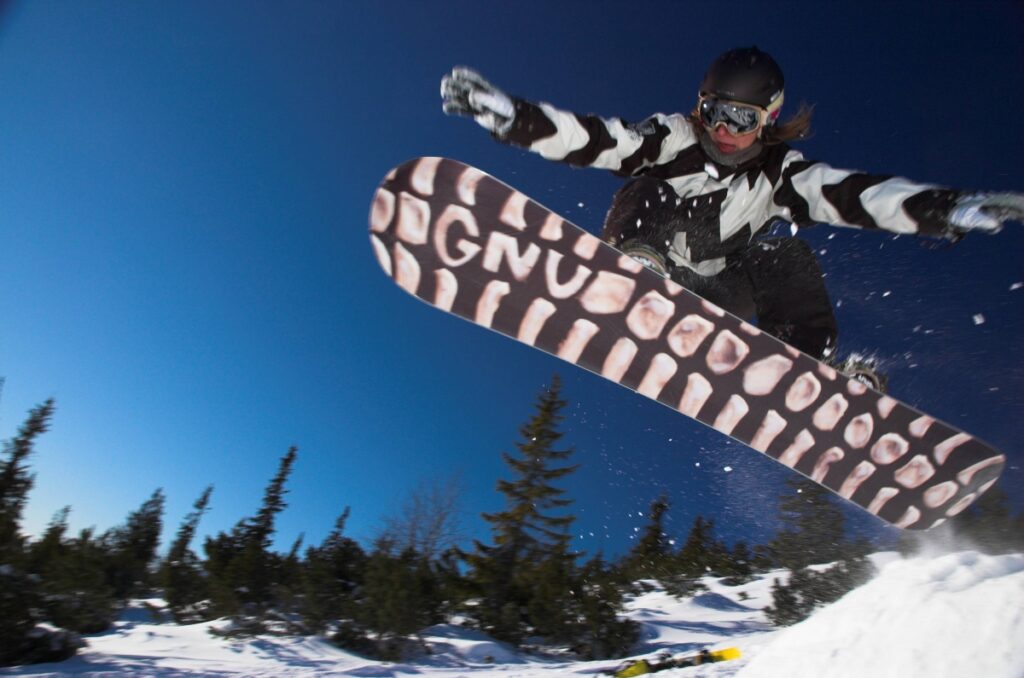
8 Tips to Stay Safe While Skiing Colorado’s Slopes
Skiing is a very popular, and potentially very dangerous winter sport. Even the most experienced skiers are still at risk of suffering cuts, scrapes, broken bones, and other serious injuries in a fall or other type of ski-related accident.
Traumatic brain injuries (TBI) are far too common among skiers. Approximately 14 percent of adults and 22 percent of children injured in skiing and snowboarding accidents suffer some type of head injury. According to the National Ski Areas Association (NSAA), 25 individuals lost their lives in skiing or snowboarding accidents during one recent ski season.
While high-risk behaviors can dramatically increase a skier’s odds of sustaining a serious injury, some of the other hazards skiers on Colorado’s slopes may encounter include:
- Collisions with other skiers or snowboarders.
- Poor visibility.
- Trees and other obstructions.
- Avalanches.
- Frigid temperatures.
- Improper gear or safety equipment.
- Loss of control.
- Losing your way.
- High-altitude illness.
To minimize the potential risks to health and safety you and your group may face, we bring you 8 tips and recommendations for safe skiing on Colorado slopes:
Know and follow the responsibility code.
The Skier’s Responsibility Code is posted on almost every single lift ticket, as well as in various locations throughout most ski areas. Knowing this code and following it can help prevent serious injuries. Some of the code’s key points are: always stay in control, give the people ahead of you the right of way, never stop where you will not be visible from above or where you become an obstruction, yield to others when merging on a trail, observe all posted signs and warnings, stay out of closed or restricted areas, practice courteous ski habits and learn how to get on and off the lift before riding.
Stay hydrated and load up on carbs.
Skiing is a high-exertion sport. Unless you drink more water than you usually drink and load up on carbs, you will likely experience headaches, muscle cramps, joint pain, a serious drop in energy levels and your endurance may suffer. Staying hydrated can also help you avoid high-altitude illness, which is quite common when skiing Colorado’s slopes.
Dress in layers.
Weather conditions on Colorado slopes can change dramatically, not only from day to day, but from hour to hour and change at different elevations. Dressing in layers will allow you to remove or add clothes as the weather warrants. Recommended layers include long underwear, T-shirt, long-sleeve shirt, sweater, waterproof jacket, sweats, waterproof ski pants, nylon or thermal socks, glove warmers or liners, ski goggles, ski mask, scarf (or neck gaiter) and a winter hat.
Protect any exposed skin.
Failing to properly protect exposed skin can significantly increase your risk of sustaining serious sunburn, windburn or frostbite. Even in the winter or on overcast days, skiers still face the risk suffering injuries from the sun’s ultraviolet (UV) rays. To help block harmful UV rays, it is important you put on sunscreen, wear sunglasses or protective goggles, use a lip balm with SPF and cover up exposed skin as much as possible. This is true for people of all skin colors and complexions.
Know your limits: Never try to ski above your ability or skill level.
Skiing can be fun, but only if skiers know their limits and do not try to ski above their ability level. If you want to become a better skier, take a lesson or two. Those new to skiing should practice on the lower slopes before venturing up to higher, more difficult trails. Attempting to navigate a slope above your ability only puts you and others at risk.
Make sure you are in good shape.
Skiing takes a lot of energy. If you are planning to ski Colorado’s slopes, take the time to get yourself in good shape. Those who are not in shape will not only lose out on skiing time (due to exhaustion, muscle aches, pains, etc.), but they will be more susceptible to sustaining serious injuries. Regardless of the shape you are in, whenever you become tired, you need to take a break, rest and refuel your energy.
Wear the proper safety gear and equipment.
Having the right equipment and proper safety gear – and knowing how to use it – is key for any skier. Without the proper gear, you are opening yourself up to injuries that could be prevented. Skiers need to have the right-sized skis, correctly adjusted bindings, well-fitting boots and the proper poles. Helmets are also extremely important and highly recommended, particularly for younger or inexperienced skiers.
Ski in pairs and carry walkie-talkies in case you become separated.
Skiing on your own is never advised. Skiers should always ski in pairs or groups, in case of emergency. Carrying walkie-talkies or two-way radios is also a good idea in case you and your friends become separated or you get lost. These types of devices are usually quite reliable at higher elevations, much better than cell phones. A walkie-talkie is also sturdier and more able to continue to function correctly in harsh winter weather conditions.
Contact Our Colorado Personal Injury Law Firm
Attorney Steve Ray is a former Marine Corps judge now fights for the rights of personal injury accident victims in Fort Collins and Northern Colorado, including those who have suffered a traumatic brain injury. If you have been seriously injured in a skiing accident, he brings more than 35 years of legal experience and military discipline to pursuing your claim for compensation.
He will meet with you to discuss your case and, if a claim is possible, pursue the maximum financial recovery available. If we cannot recover money for you, you will pay nothing for our legal services.
Contact us today to discuss your case in a free consultation.
Sources:
-
-
- National Ski Areas Association: Facts About Skiing/Snowboarding Safety
- Colorado Ski Country USA: Ski Safety
- KidsHealth.org: Safety Tips Skiing
-

